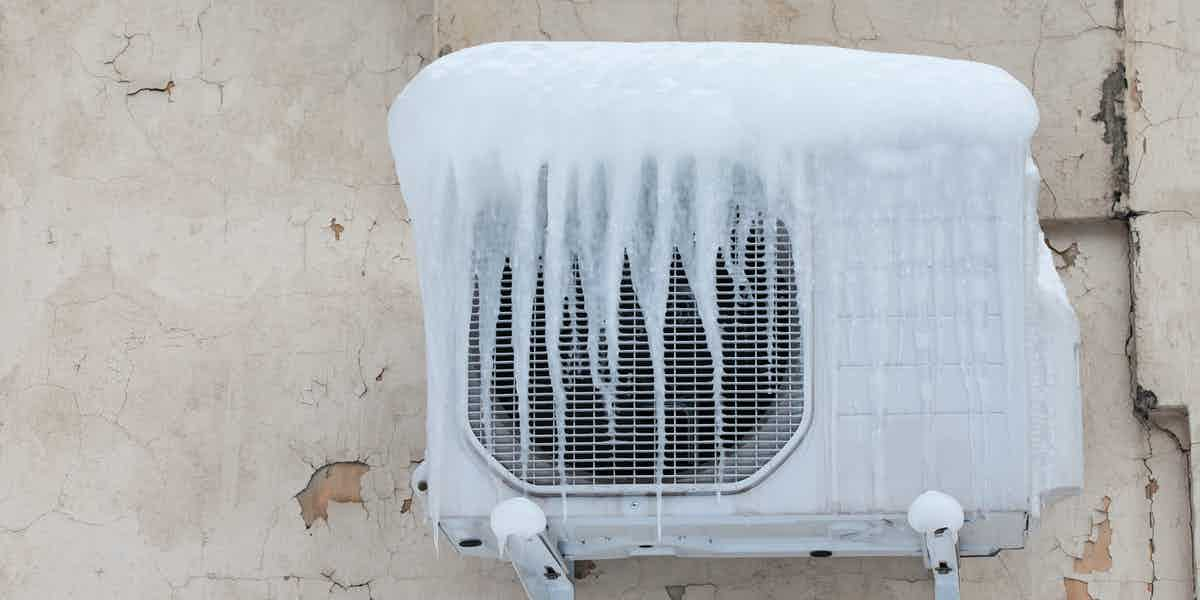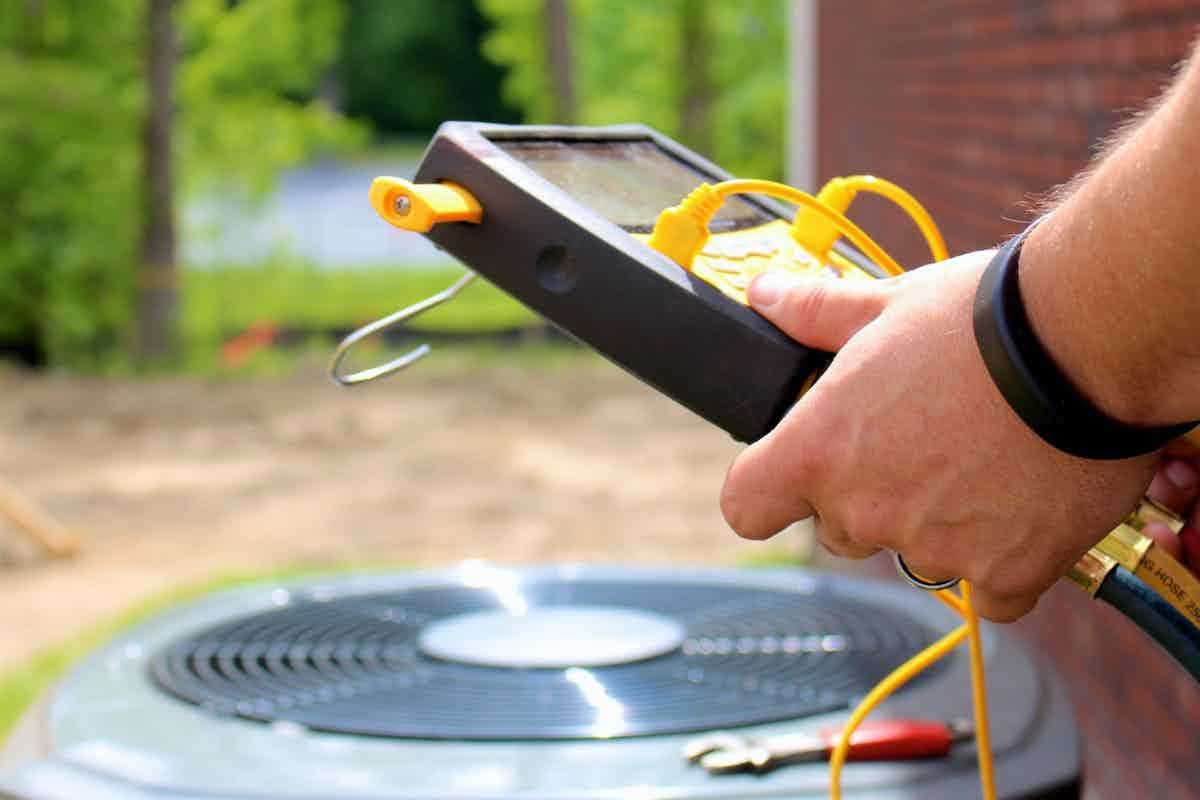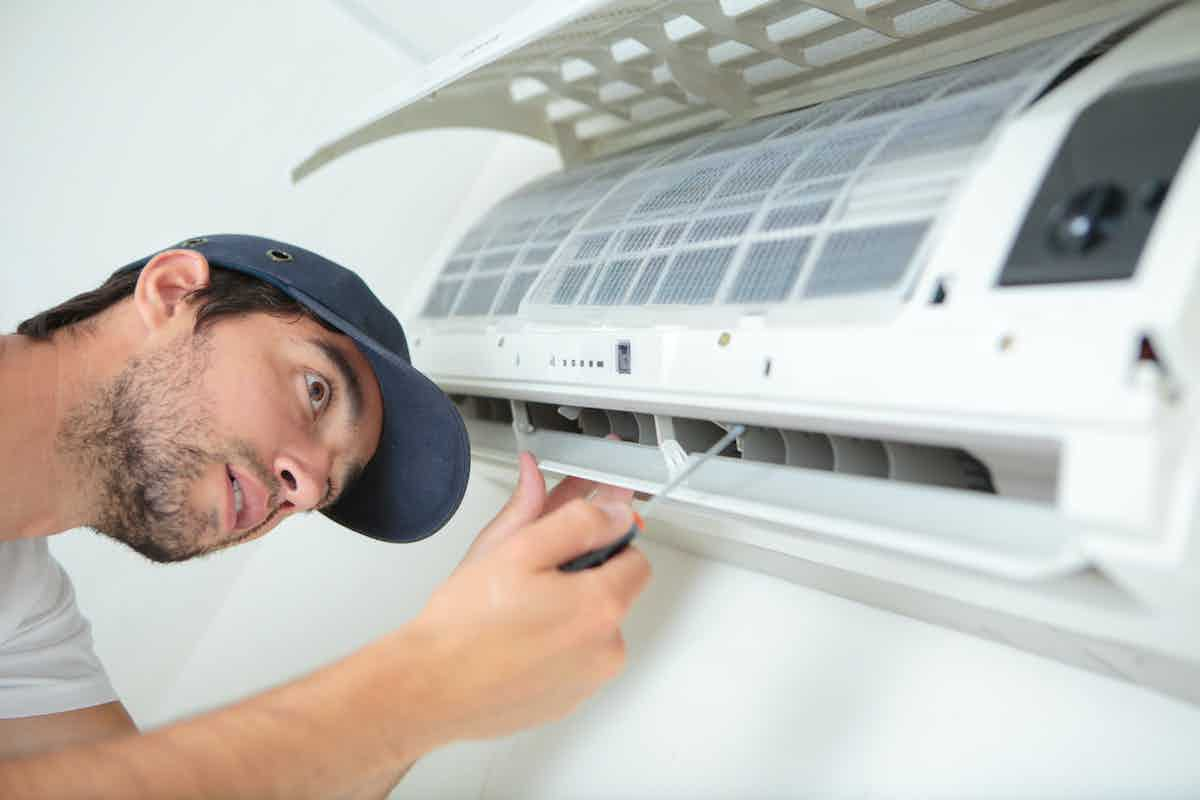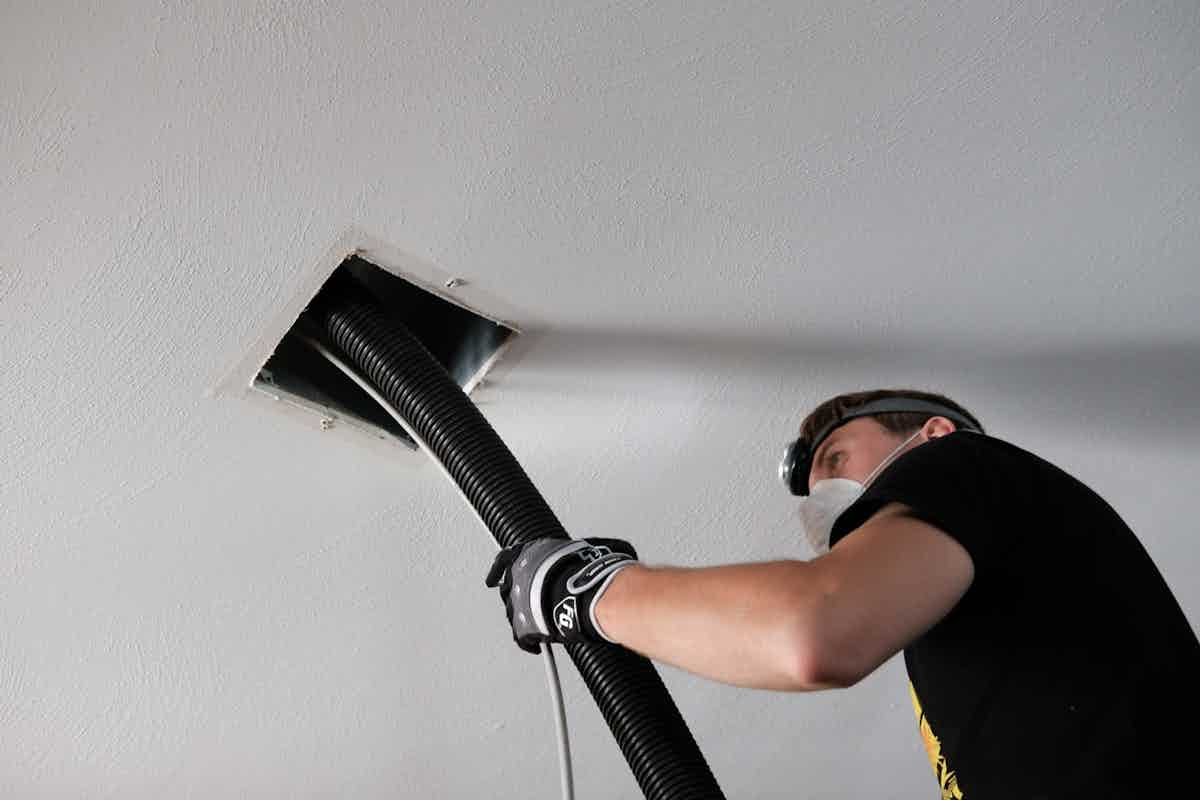Mild winters are one of the best parts of living in Las Vegas, but that doesn’t mean we don’t have to prepare for the changing seasons. Winters are getting colder, and even though they don’t often reach freezing temperatures, you’ll need to pull out the HVAC system checklist this fall to get your house ready.
When the temperature drops, the lack of use and colder climate can damage your system. A few small considerations will go a long way in saving you from having to repair a poorly maintained unit when spring rolls around.
Prepping your home is essential, but it doesn’t have to be complicated. We’ll help you make quick work of it with these tips on how to winterize your heating and cooling system.
Shut Off Your Outdoor Unit
You don’t want your outdoor unit turning on during a random warm day in winter. When it starts working, it will accumulate water. When the temperature drops, that water could freeze in the unit and cause damage.
There are a couple of ways to prevent your A/C from turning on by accident. Inside, you should adjust your thermostat to your preferred winter heating settings. Set it to “heat only” and lower the ideal temperature range a few degrees to save energy.
On the outside, you should take the extra step of turning off your outdoor unit. There’s usually a switch with a plastic or metal lid located near the condenser unit that will cut the power.
Clean Around Your HVAC Unit
You should clean around your HVAC unit at least twice a year, once in the spring and once in the fall. Clear back any leaves, dirt, or plants that are close to the outdoor unit, giving it at least 18″ of space all around.
Once you’ve cleared around the condenser unit, use your hose to rinse dust, dirt, and debris off of it. Don’t use a pressure washer, as you could damage the delicate fins. Let the unit completely dry before covering it.
Cover Your HVAC System
When it’s not in use, it’s a smart idea to cover your outdoor unit to protect it from rain, snow, and high winds.
There are heavy-duty waterproof and windproof PVC covers designed for outdoor units that you can find online or at your local home improvement store. In a pinch, you can also resort to a tarp that’s weighed down on top with a piece of plywood and bricks or tied down with bungee cords.
It’s crucial to get the cover as sealed off as possible to prevent pests from using it for shelter. To help deter them from setting up a nest and causing damage, take the cover off of the unit once every few days to inspect the condition.
Cover and Insulate Pipes
Protecting your pipes is one way to protect your HVAC system, as burst water pipes can quickly damage anything in and around the house. When the temperature drops quickly and gets below freezing, the water in the pipes will expand as it turns to ice, causing them to crack under the pressure.
Install foam insulation around any exposed pipes, using Ts and elbows at corners to create a snug, sealed fit. You can seal seams with tape and use pipe wrap on awkward bends to completely cover the pipe.
To further prevent water from freezing in the pipes, you can clear them for the winter. Shut off your water lines to your sprinkler and outdoor spigots. Drain the pipes, leave them open for the winter, and cover the spouts.
Seal Your Basement and Attic
To protect your internal HVAC unit components during the winter, you should try to control the climate wherever they’re located. That doesn’t mean you need to install space heaters, but you can help your HVAC system out by sealing air leaks and preventing cold exposure.
Take a walk around your basement and seal any small gaps or cracks with silicone caulk. Use spray foam on larger holes that can’t hold caulk. Check the insulation in your basement around the rim joists and in the attic to make sure no additional air gaps need to be filled.
Perform Furnace Maintenance
Since your furnace shares an air handling system with your A/C unit, getting your system ready for the winter has the added benefit of getting it ready for the spring as well. Although you should lean on professionals for a complete tune-up, you can do your part with some essential maintenance tasks.
Cleaning and replacing your air filters is an easy way to protect your furnace, improve indoor air quality, and lower your utility bills. Change your filters every 30-90 days to keep your system running efficiently and dust-free.
Schedule Annual Inspection and Tune-Up
You can perform a visual inspection of your furnace and follow up with a service technician for any notable concerns, but you should have an annual inspection even if everything looks fine. A professional technician will perform an inspection along with several vital maintenance chores, including:
- Cleaning burners
- Lubricating moving parts
- Tightening and replacing belts
- Testing and fixing electrical connections
- Cleaning and inspecting the heat exchanger
- Checking blower function and seal
- Testing CO levels and supplying detectors
- Calibrating thermostat and testing the system
With a professional heating service, you can protect your heating and cooling system in one shot. An efficient system puts less stress on your units, and your technician can provide advice on winterizing and addressing any HVAC issues that might happen.
Set Up Your Annual HVAC Service Today
Winterizing your HVAC system will keep you from suffering unfortunate surprises when you kick your A/C back on in the spring. With a few simple measures, you’ll be able to avoid the sting of repair bills and the discomfort of a faulty system.
Are you getting your system ready for the winter? Contact our team at 24/7 Heating, AC & Plumbing to learn about our preventative and emergency HVAC services.










